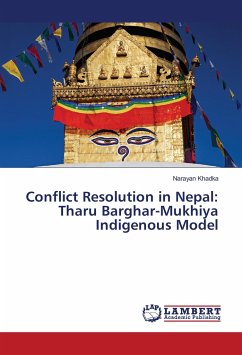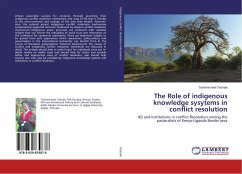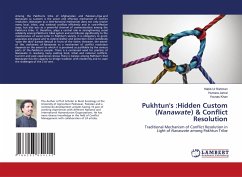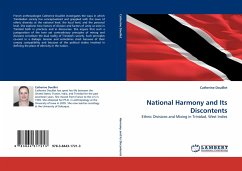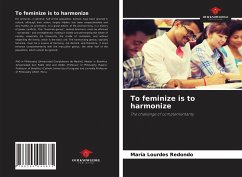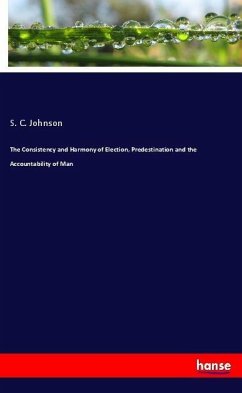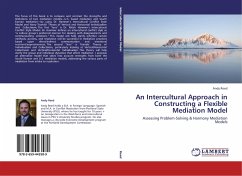
An Intercultural Approach in Constructing a Flexible Mediation Model
Assessing Problem-Solving & Harmony Mediation Models
Versandkostenfrei!
Versandfertig in 6-10 Tagen
36,99 €
inkl. MwSt.

PAYBACK Punkte
18 °P sammeln!
The focus of this book is to compare and contrast the strengths and limitations of two mediation models-U.S. based mediation and South Korean mediation-by using Dr. Hammer's Intercultural Conflict Style Model and Harry Triandis' Theory of Vertical and Horizontal Individualism and Collectivism. The first "lens" is Dr. Mitch Hammer's Intercultural Conflict Style Model. Dr. Hammer defines an intercultural conflict style as "a culture group's preferred manner for dealing with disagreements and communicating emotions." This model will help clarify whether certain methods, process, and resolution wi...
The focus of this book is to compare and contrast the strengths and limitations of two mediation models-U.S. based mediation and South Korean mediation-by using Dr. Hammer's Intercultural Conflict Style Model and Harry Triandis' Theory of Vertical and Horizontal Individualism and Collectivism. The first "lens" is Dr. Mitch Hammer's Intercultural Conflict Style Model. Dr. Hammer defines an intercultural conflict style as "a culture group's preferred manner for dealing with disagreements and communicating emotions." This model will help clarify whether certain methods, process, and resolution will be successful in mediation practices based upon direct/indirect communication and emotional restraint/expressiveness. The second "lens" is Triandis' Theory of Individualism and Collectivism, particularly looking at Vertical/Horizontal Collectivism and Vertical/Horizontal Individualism. This theory will help clarify the group and individual dynamics that affect mediation. I propose an alternative model that takes into account strengths from both the South Korean and U.S. mediation models, addressing the various parts of mediation from intake to resolution.




